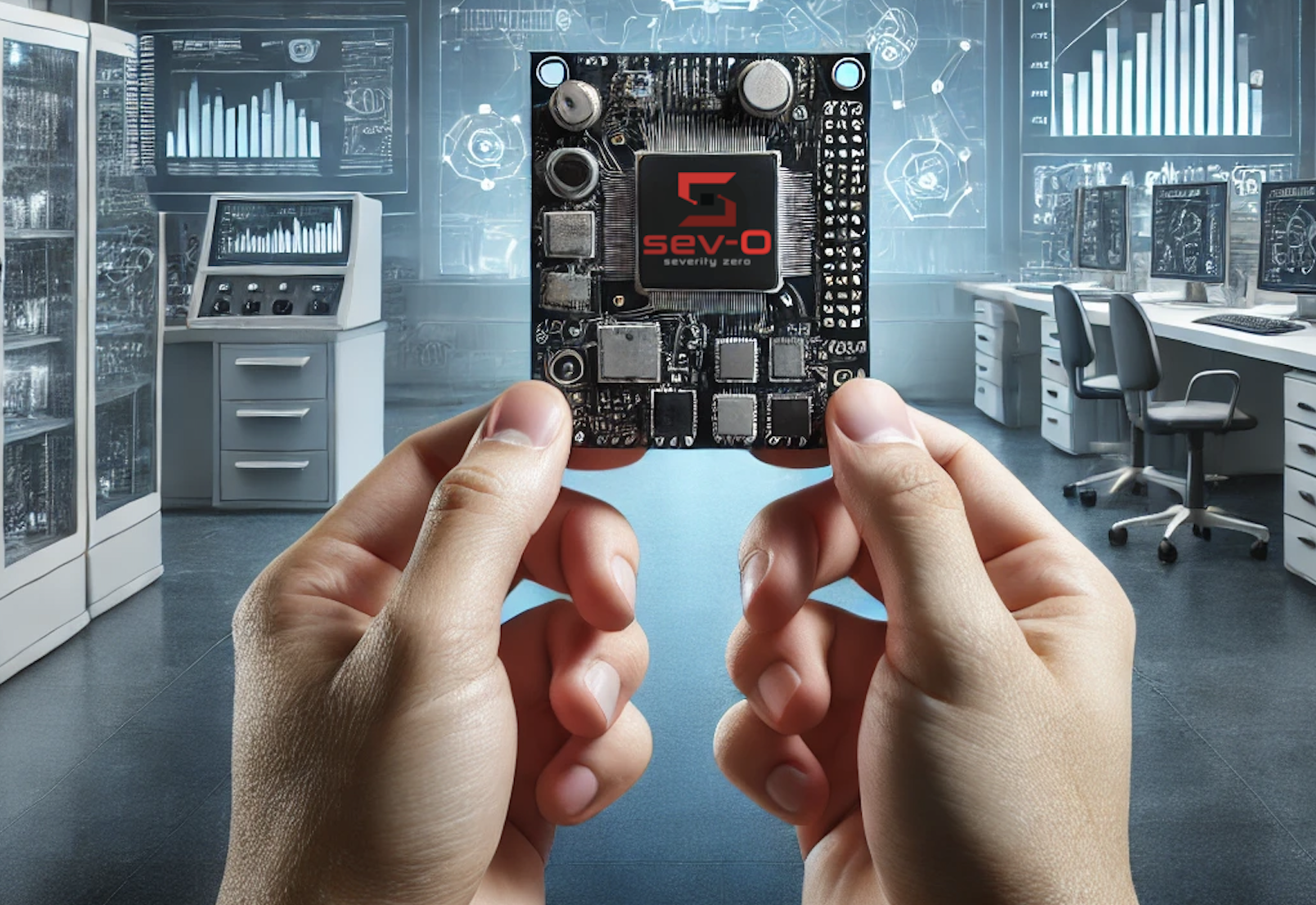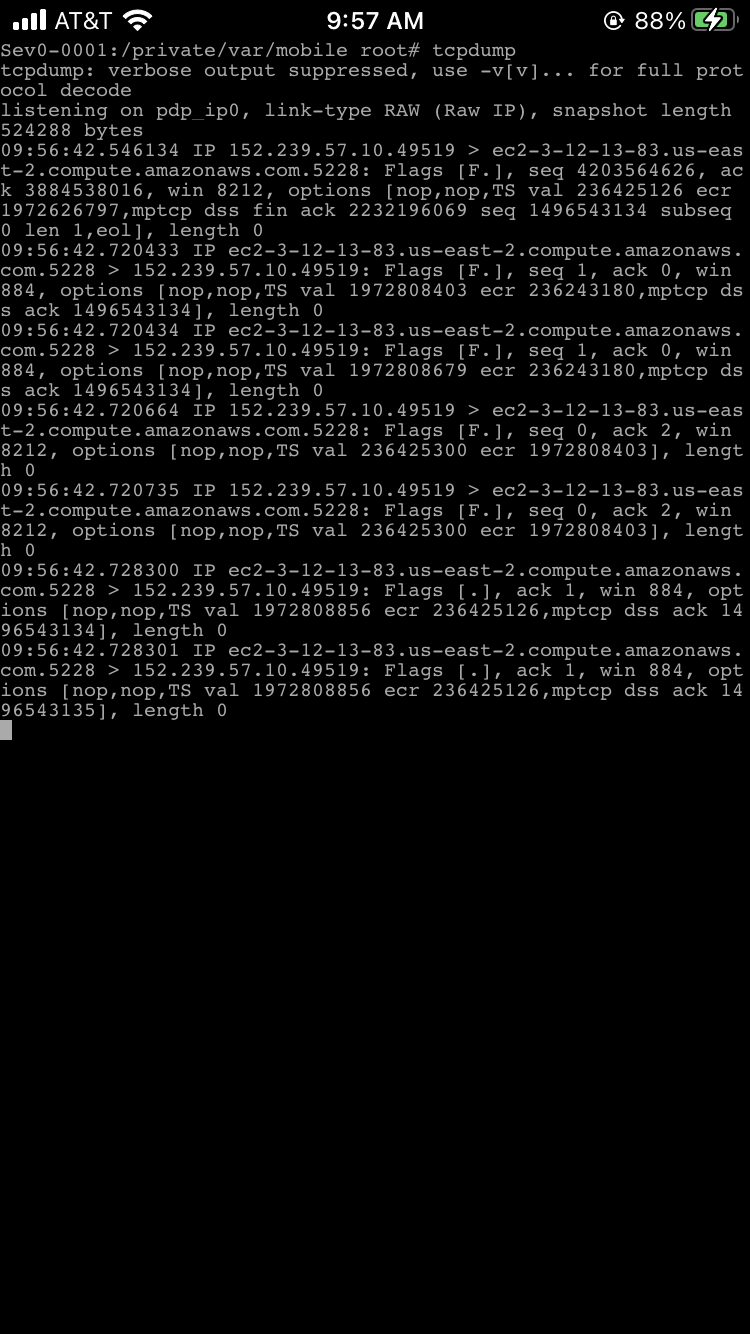As IoT (Internet of Things) devices continue to proliferate across industries, their security remains a pressing concern. While IoT devices offer convenience and innovation, they also introduce unique vulnerabilities that businesses must address to avoid data breaches and costly cyberattacks. In this article, we’ll explore the top 10 IoT hardware security risks and actionable steps businesses can take to mitigate them.
1. Weak Passwords and Default Credentials
Risk: Many IoT devices come with default passwords or weak credentials, making them easy targets for brute-force attacks. Hackers often exploit these weak entry points to gain unauthorized access to devices and networks. Open source tools found in Kali Linux can enable a malicious actor to gain access in minutes.
Solution: Change default passwords immediately and enforce strong password policies. Consider pushing on vendors to implement multi-factor authentication (MFA) wherever possible to add an additional layer of security.
2. Unpatched Firmware and Software
Risk: IoT devices with unpatched firmware or outdated software often contain security vulnerabilities that hackers can exploit. Manufacturers may release updates, but many devices go unpatched due to lack of awareness or logistical issues.
Solution: Regularly check for and apply firmware updates to all IoT devices. Create a schedule to review device updates monthly or quarterly, depending on your industry’s risk level.
3. Lack of Encryption
Risk: Unencrypted data transmission is a major vulnerability in IoT devices, especially those handling sensitive information. Hackers can intercept and manipulate unencrypted data as it moves across networks, potentially leading to data breaches.
Solution: Ensure that all data transmitted to and from IoT devices is encrypted. Use TLS/SSL protocols and choose devices that support end-to-end encryption to secure data during transit.
4. Physical Tampering
Risk: Physical access to IoT hardware can lead to device manipulation, allowing hackers to install malicious software or disable security features. This risk is especially high for devices placed in public or easily accessible locations.
Solution: Secure IoT devices in tamper-proof enclosures, especially those in public areas. Use tamper-evident seals and consider enabling security features like secure boot to prevent unauthorized modifications.
5. Insecure Communication Channels
Risk: IoT devices often communicate over insecure channels, which can allow unauthorized users to intercept data. Without secure communication protocols, businesses are at risk of data breaches and other cyber threats.
Solution: Use VPNs or secure tunneling protocols to protect communication between IoT devices and central systems. Prioritize devices that support secure communication methods, and avoid those using outdated protocols.
6. Insufficient Authentication
Risk: IoT devices with inadequate authentication protocols make it easier for attackers to gain access. Simple username-password systems may not be enough, as they are susceptible to brute-force attacks.
Solution: Implement strong authentication protocols like digital certificates or two-factor authentication (2FA). Choose devices that offer secure authentication options beyond just username and password.
7. Inadequate Network Segmentation
Risk: Connecting IoT devices to the same network as critical systems can create an easy pathway for attackers. If one IoT device is compromised, hackers can potentially move laterally to access sensitive areas of the network.
Solution: Segment IoT devices onto separate networks from sensitive systems. Network segmentation limits the potential damage by isolating devices and minimizing access points for attackers.
8. Limited Device Update Capabilities
Risk: Some IoT devices lack the capability to receive updates, leaving them vulnerable to security threats discovered after deployment. This is especially common in low-cost or outdated IoT hardware.
Solution: Prioritize IoT devices that support regular software and firmware updates. Consider a lifecycle management policy for IoT hardware that includes replacing devices unable to receive updates.
9. Poorly Configured APIs
Risk: Many IoT devices use APIs (Application Programming Interfaces) to communicate with other systems. Poorly configured APIs can expose sensitive data and create vulnerabilities that attackers can exploit.
Solution: Secure APIs by implementing rate limiting, authentication, and encryption. Regularly review and test APIs for security weaknesses, and follow best practices in API security configuration.
10. Inconsistent Logging and Monitoring
Risk: Without consistent logging and monitoring, it’s difficult to detect suspicious activity on IoT devices. Many IoT breaches go undetected due to insufficient visibility into device activities.
Solution: Implement a comprehensive logging and monitoring system for IoT devices. Use tools that provide real-time alerts for unusual activity, and set up logs that capture all device interactions for regular review.
Protecting Your Business from IoT Security Risks
The rise of IoT devices brings convenience and efficiency but also introduces unique security challenges. By understanding and addressing these top 10 IoT hardware security risks, businesses can better protect their networks and sensitive data. Regularly updating firmware, implementing encryption, securing physical access, and enforcing strong authentication are key steps to minimize these risks.
Prioritizing IoT security not only safeguards your business against cyber threats but also builds trust with customers and partners who rely on your commitment to data protection. In an increasingly connected world, proactive IoT security is essential for business continuity and cybersecurity resilience.

Proactive IoT Security Is Essential For Business Continuity And Cybersecurity Resilience.
✓ Iot security experts
✓ Actionable deliverable outlining vilnerabilities and remediations







